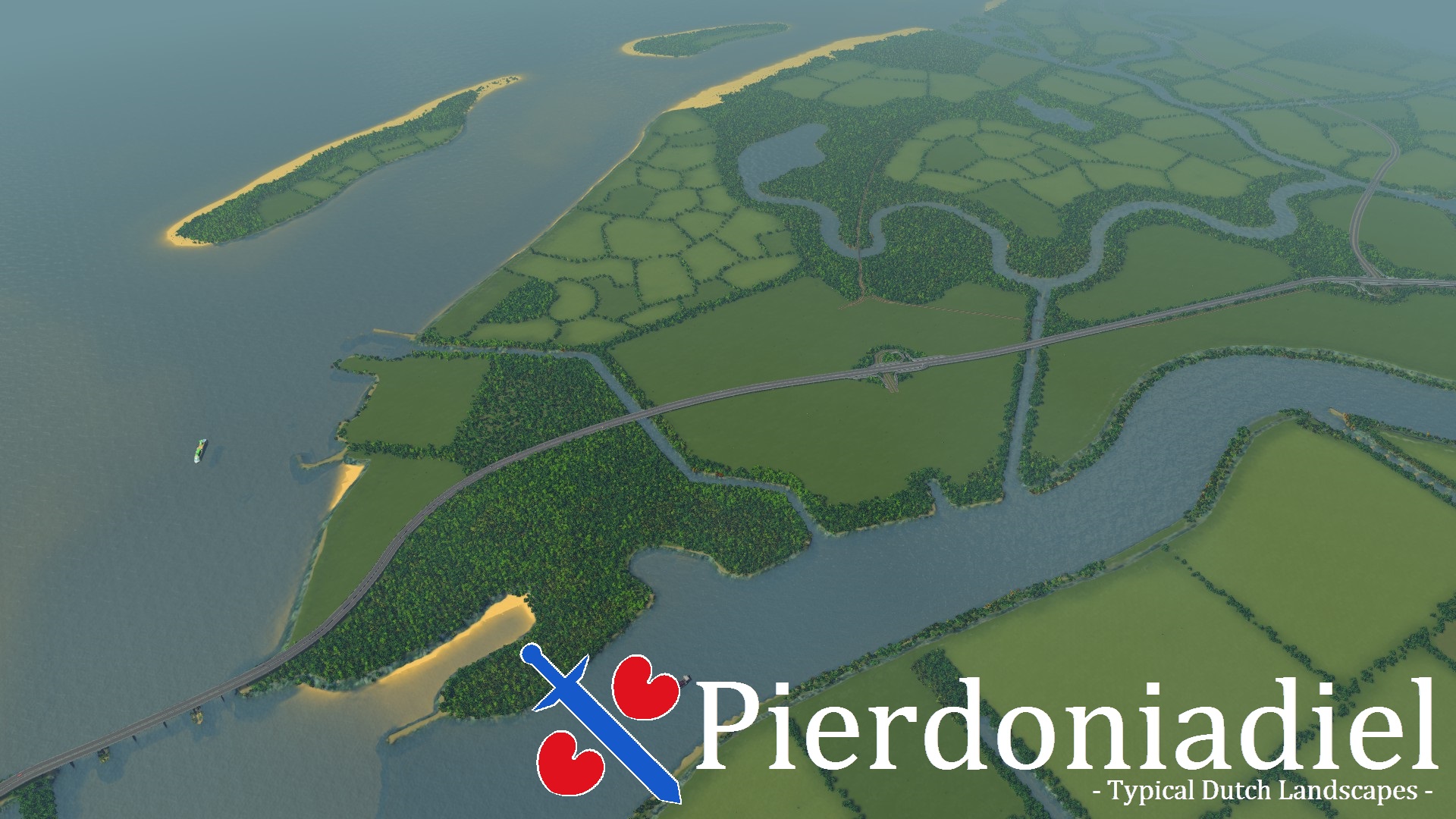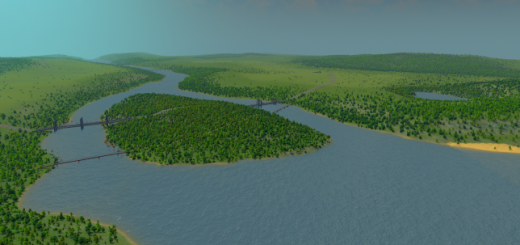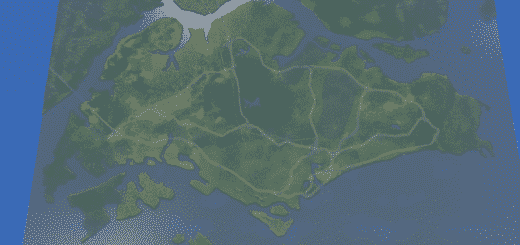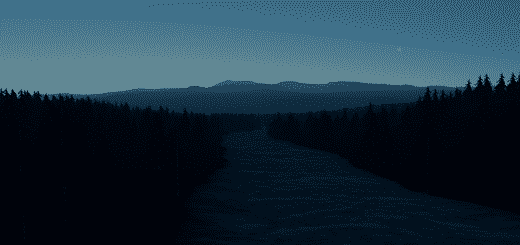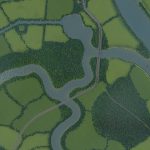

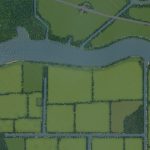
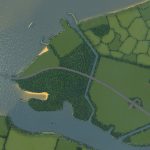




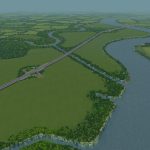

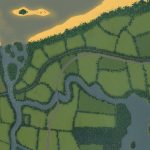
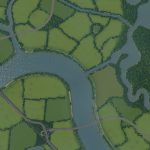
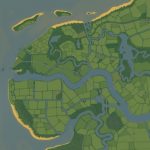
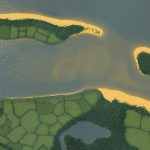
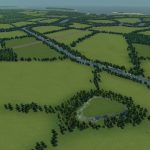
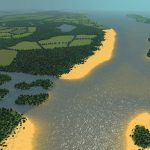
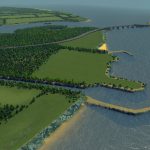
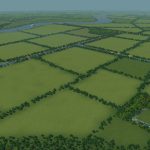
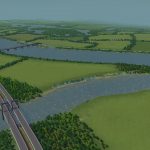
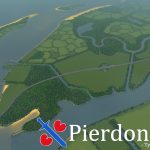
Pierdoniadiel -Z-
My third map in the Typical Dutch Landscapes series is a tribute to the province of Friesland (Frisia). The province has a history that is older than that of the Netherlands, back to before the 9th century, when Frisia was a kingdom. During the middle ages, Frisia had a unique position in that it was selfgoverned. As a reward for their assistance in the assault on Rome, emperor Charlemagne had given the Frisians Libertas Frisonica[en.wikipedia.org]. Which meant they were excluded from the fuedal system, and therefore not ruled by any count or duke. Eventually, the count of Holland conquered Frisia, after which it became an equal part of the Dutch Republic. Frisian heritage, identity and language are still very much alive today. The people and the region are sometimes compared to Scotland, since they also are incorperated into a larger country, however a strive for independence is not supported by many Frisians. As relations with the Dutch are quite good.
The landscape of Frisia is even wetter than most of the Netherlands, and perhaps the most beautiful of all the provinces when considering nature. The coast, the lakes and the islands attract tourist from around the world, but predominantly people from Germany. The Wadden sea between the coast and the islands is a World Heritage site that stretches all the way up to Denmark. A country with whom the Frisian people share a remarkable ancient type of structure called ‘terp’. These are a type of a manmade mounds to provide safe ground during high tide and river floods. I’ve included seven of these type of dwelling hills on the map, they are suitable for making tiny villages or farmhouses.
Along the coast there is an incoming highway, resembling the Afsluitdijk. This huge dike was the first part of the Zuiderzee Works, the predecessor to the Delta Works, and was designed by the brilliant engineer Cornelis Lely. I’ve included two Wadden islands, that are in the north of the map. A little to the east, I’ve made a version of the Lauwersmeer. There is a small polder with farmland, right above the starting tile. To the west is a good location for a harbor. Across the river you’ll find more farmland and several lakes and rivers. There are four oil and four ore fields, there is one railway crossing the starting tile. There is highway going in four directions, the big river and the smaller river in the south have ship routes and so does most of the coastline.
I named the region after the legendary Frisian folk-hero and pirate Pier Gerlofs Donia[en.wikipedia.org], better known as “Grutte Pier” (Big Pier). Pier rebelled against Habsburg Netherlands with his band of bandits called the Black Hope. Pier was alleged to be so strong that he could bend coins using just his thumb, index and middle finger. His gigantic sword is still on display in Leeuwarden, the Frisian capital.
Suggested mods: The statue of Talos somehwat resembles the real statue of Grutte Pier[en.wikipedia.org] in Kimswerd
Please leave a comment if you experience any problems. Enjoy!
Typical Dutch Landscapes
Drebbeldam (European)
Erasmuspoort (European)
Mondriaansland
Coastal
Kruyswick (European)
Baardmans Bay
Spykerbrook
Islands
Ambrose Island (European)
Teyland
Great Flutland
View the Main Collection
View the Classic Collection
View the Smooth Highway Collection

